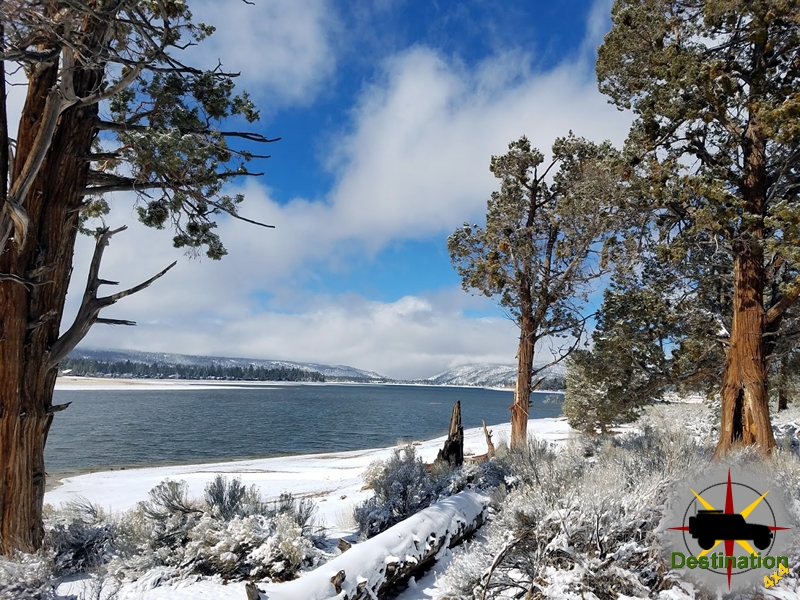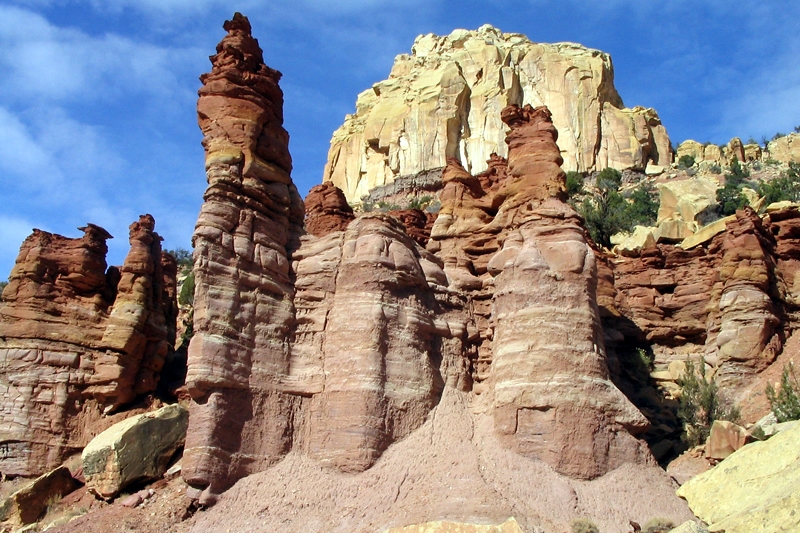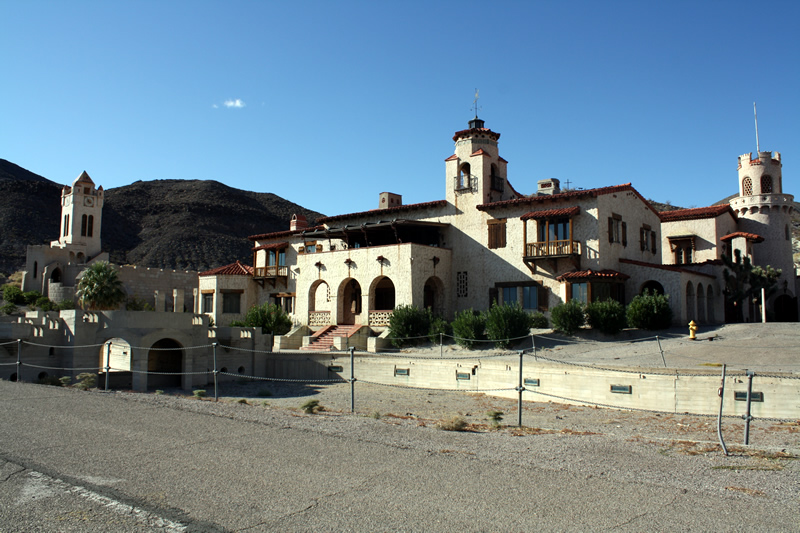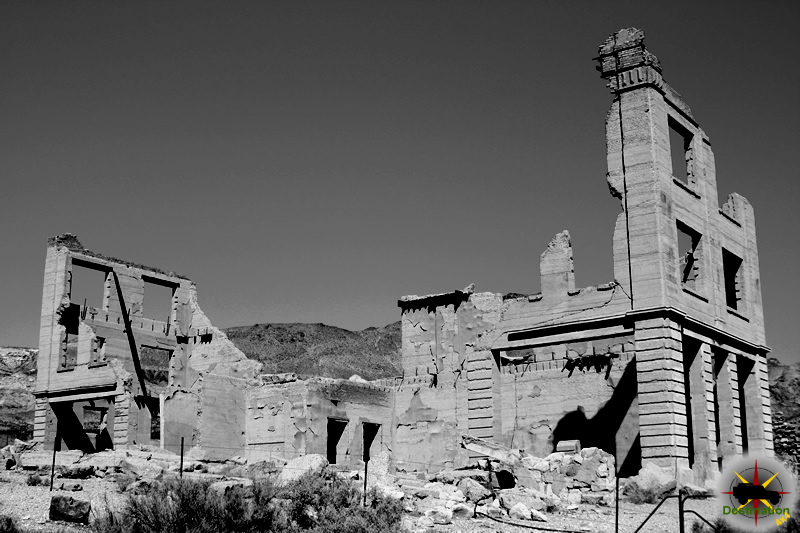
Nevada’s Birthplace – Nevada State Historic Marker 12
Founded in 1851, Carson City is Nevada’s Birthplace the state capitol of Nevada and the subject of Nevada State Historic Marker number 12. Carson City is a wonderful little city to visit with a lot of history to explore. The city features a very high density of Nevada State Historic Markers and is a must do if you are trying to visit the complete list.

Nevada’s Birthplace – Nevada State Historic Marker 12 Text
Nevada State Historical Markers identify significant places of interest in Nevada’s history. The Nevada State Legislature started the program in 1967 to bring the state’s heritage to the public’s attention with on-site markers. These roadside markers bring attention to the places, people, and events that make up Nevada’s heritage. They are as diverse as the counties they are located within and range from the typical mining boom and bust town to the largest and most accessible petroglyph sites in Northern Nevada Budget cuts to the program caused the program to become dormant in 2009. Many of the markers are lost or damaged.
Carson Valley is the Birthplace of Nevada. By 1851, people settled at a place they called Mormon Station, renamed Genoa in 1856. With the early establishment of a post office and local government, the community can lay claim to the title of “Nevada’s first town.”
Thousands of emigrants moved over the old road skirting the west bank of the Carson River as they prepared to cross the Sierra, feeding their livestock on grass cut along the river. At Genoa; at Mottsville, settled in 1852; and at Sheridan, settled by Moses Job about ’54; emigrants stopped to enjoy produce of the region’s first gardens. Pony Express riders used this route in 1860, switching a year later to the shorter Daggett Trail, now Kingsbury Grade.
NEVADA CENTENNIAL MARKER No. 12
STATE HISTORIC PRESERVATION OFFICE
Nevada State Historic Marker 12 Summary
| Name | Nevada’s Birthplace |
| Location | Douglas County, Nevada |
| Latitude, Longitude | 39.0038, -119.7604 |
| Nevada State Historic Marker | 12 |
Nevada State Historic Marker 12 Trail Map
References
Upper Lake Campground
The Upper Lake Campground is a free camp ground which features lakeside camping along the shore of Upper Lake Pahranagat, in Lincoln County, Nevada.

The Pahranagat National Wildlife Refuge is managed as a sanctuary where present and future generations of people can discover a connection to the rhythms of life. In spring, indigo bush and beavertail cactus bloom at the edges of verdant meadows and wetlands, fed by brimming lakes. The vital, spring-fed waters of this Mojave Desert oasis attract thousands of migratory birds each year. Pahranagat NWR’s seasonal marsh, wet meadows, and alkali flats provide high quality resting and foraging habitat for wintering and migrating waterfowl, shorebirds, and other waterbirds along the Pacific Flyway. Riparian gallery forests of willow, cottonwood, and associated plant communities support a flourishing population of the endangered southwestern willow flycatcher as well as a rich diversity of migratory and resident songbirds, colonial nesting species, and birds of prey. Coveys of Gambel’s quail emerge at dusk along with abundant cottontails and jackrabbits as nighthawks, coyotes, and owls begin to hunt. Each fall brings returning waterfowl and waterfowl hunters, while mountain lions follow mule deer down into the valley.
Campground Trail Map
The Upper Lake Campground is situated along the easter shore of Upper Lake Pahranagat between the lake Nevada Highway 93.
Campground Summary
| Name | Upper Lake Campground |
| Location | Paharagat Valley, Lincoln County, Nevada |
| Latitude, Longitude | 37.3018, -115.1231 |
| Number of Sites | 15 |
| Cost | Free |
References
Pahranagat Valley
The beautiful Pahranagat Valley is located in Lincoln County, Nevada and Nevada State Historic Marker number 38. Pahranagat Valley, nestled in the vast expanse of Nevada, offers a serene retreat from the bustling cities and a glimpse into the raw beauty of nature.

Pahranagat Valley is situated in southeastern Nevada, approximately 90 miles north of Las Vegas. It spans approximately 40 miles in length and is characterized by a picturesque landscape of rolling hills, lush meadows, and expansive desert plains. The valley is flanked by the towering peaks of the Sheep Range to the east and the imposing Pahranagat Range to the west, creating a dramatic backdrop against the azure sky.
The centerpiece of the valley is the Pahranagat National Wildlife Refuge, a haven for migratory birds and other wildlife. The refuge encompasses several natural lakes, including Upper Pahranagat Lake, Middle Pahranagat Lake, and Lower Pahranagat Lake, which serve as vital habitats for waterfowl, shorebirds, and various aquatic species.
The valley is a haven for birdwatchers, with over 260 species of birds recorded within the refuge. Migratory waterfowl such as ducks, geese, and swans flock to the lakes during the winter months, while songbirds and raptors are a common sight year-round. Visitors may also encounter mammals such as mule deer, coyotes, bobcats, and desert bighorn sheep, which roam the rugged terrain.
The regeon holds cultural significance for indigenous communities, including the Southern Paiute people, who have inhabited the region for centuries. The valley provided sustenance in the form of wildlife, plants, and water sources, shaping traditional lifeways and spiritual practices. Today, the Paiute Tribe continues to maintain a connection to the land, participating in conservation efforts and sharing their cultural heritage with visitors.
State Historic Marker Text
Pahranagat Valley is named after a local Shoshone Native American Tribe. Three local springs fill the valley’s lakes, which farmers have used for irrigation since the mid-nineteenth century.
In the late 1860s, outlaws pastured hundreds of head of stolen cattle in the valley meadows.
In 1865, ore was discovered in the area. The following year, a stamp mill was established at Hiko, twenty miles to the north to crush the ore. Hiko became the center of activity for the valley and the county seat between 1866 and 1871, when local mining declined and Pioche claimed the county seat.
The valley received international notoriety in 1867 when Dan De Quille of the Territorial Enterprise published an article titled “The Rolling Stones of Pahranagat,” about magnetic traveling stones. De Quille was notorious for publishing comedy and satire, sometimes mistaken by his readership for truth. In this case, De Quille described these round stones as having a magical quality that, when scattered on the floor, would immediately began travelling toward a common center. De Quille published similar articles on the stones in 1876, 1879, and 1892.
The town of Alamo before you, established in 1900, is the valley’s largest present-day settlement. Watered by Pahranagat Creek, the area includes several ranches and the Pahranagat Valley National Wildlife Refuge.
STATE HISTORICAL MARKER NO. 38
STATE HISTORIC PRESERVATION OFFICE
LINCOLN COUNTY AREA DEVELOPMENT COMMITTEE
Nevada State Historic Marker Summary
| Name | Pahranagat Valley |
| Location | Lincoln County, Nevada |
| Latitude, Longitude | 37.3484, -115.1502 |
| Nevada State Historic Marker | 38 |
Nevada State Historic Marker Map
References
Mesa Free Press – A Curious Find

A Curious Find.
P. C. Bicknell is back from an extended trip into the Superstition mountains, where he went to look
up “the old Doc. Thorne mine,” on a clue he had himself found. The clue consisted in a cliff dwelling of the true ancient era, perched high up on the side of a canyon in the Superstitions, about ten miles east of Weaver Needle. The dwelling was seemingly as it had been abandoned by its occupants of several thousands of years ago, being in a notable state of preservation.
But, outside of its antiquarian interests, in one of the rooms were found articles that would deeply excite the curiosity of any prospector. One was a prospector’s pick, the other a short and small spade, evidently used in smelting, though its handle was missing. The main peculiarity of the odd looking tool however, lay in the fact that upon its blade were patches of silver stuck to its rusty face, much as solder splashes attach to tin. there is no silver in that region, so far as modern miners have been able to find. The nearest white metal is over at the Silver King, fully thirty miles away. The spade evidently was used for the purpose of skimming off the dross from the cast, metal in a silver smelting furnace of many years ago and had but recently been used for this purpose when abandoned in the cave.
Nothing was found that would indicate who the ancient refiner was, and in a close search of the surrounding country not a trace of minors 1 could be found in a radius of at least three miles. In the midst of a highly mineralized region, this neighborhood appears to be absolutely void of a formation in which silver or gold would be likely to be found.
Yet it is in this neighborhood, so Bicknell declares, that the Thorne mine was found three decades ago, the cliff dwelling well answering the description of the “stone cabin” in which the doctor had his adobe. Still, it may have simply been the temporary residence of a poor devil of a prospector, who left only to fall a victim to the Apaches, who infested the region till fifteen years ago.
The silver-flecked spade Bicknell brought back to Phoenix and it now can be seen a’. Luke Hurley’s.—Gazette.
References
James Cooksey Earp

James Cooksey Earp ( June 28, 1841 – January 25, 1926 ) was an American lawman and the lesser-known older brother of the famous Earp brothers, particularly Wyatt, Virgil, and Morgan Earp, who were key figures in the history of the American Old West. Though James was not as prominent as his brothers, he played a role in their lives and the events that shaped their legendary status.
Early Life
James Cooksey Earp was born on June 28, 1841, in Hartford, Kentucky, to Nicholas Porter Earp and Virginia Ann Cooksey. He was the third of nine children in the Earp family. The Earp family moved frequently during James’s childhood, living in various locations across the Midwest, including Monmouth, Illinois, and Pella, Iowa.
Military Service
At the outbreak of the Civil War, James enlisted in the Union Army in 1861. He served in Company F of the 17th Illinois Infantry, participating in several battles, including the Battle of Fredericktown. However, he sustained a severe shoulder wound early in the war, which led to his discharge in 1863.
Post-War Years and Family Life
After the war, James Earp returned to civilian life and worked various jobs, including saloon keeping and law enforcement. He married Nellie “Bessie” Ketchum in 1865, and the couple would remain together until James’s death. They did not have any children.
Tombstone and the Earp Vendetta Ride
James Earp is perhaps best known for his connection to the events in Tombstone, Arizona. In 1879, he followed his younger brothers to the boomtown, where they became involved in law enforcement and the infamous conflict with the Clanton-McLaury gang. Unlike his brothers, James played a more background role in Tombstone, focusing on managing a saloon rather than directly engaging in law enforcement or the gunfight at the O.K. Corral.
Following the assassination of their brother Morgan in 1882, the Earp brothers, led by Wyatt, embarked on what became known as the Earp Vendetta Ride, seeking revenge against those they believed responsible for Morgan’s death. James did not participate in the Vendetta Ride, choosing instead to stay with his family and manage their business interests.
Later Life and Death
After the events in Tombstone, James Earp and his wife moved to various locations, including California, where they eventually settled in San Bernardino. James lived a relatively quiet life compared to his more famous brothers, staying out of the spotlight as the legends around the Earp family grew.
James Cooksey Earp passed away on January 25, 1926, in San Bernardino, California, at the age of 84. He was buried in the Mountain View Cemetery in San Bernardino. His life, though overshadowed by the exploits of his brothers, is an integral part of the Earp family history, offering a glimpse into the quieter side of the tumultuous times they lived through.
Earp Family Members
 James Cooksey EarpJames Cooksey Earp ( June 28, 1841 - January 25, 1926 ) James Cooksey Earp ( June 28, 1841 - January 25, 1926 ) was… |
 Morgan Seth EarpMorgan Seth Earp, born on April 24, 1851, in Pella, Iowa, was a notable figure of the American Old West, primarily recognized for his association… |
 Virgil Walter EarpVirgil Walter Earp ( July 18, 1843 – October 19, 1905) was born in Lincoln County, Kentucky, was a prominent lawman and frontier figure known for his… |
 Warren Baxter EarpWarren Baxter Earp ( March 9, 1855 - July 6, 1900 ), the youngest of the Earp brothers, was born into a family that would… |
 Wyatt Berry Stapp EarpWyatt Berry Stapp Earp (March 19, 1848 – January 13, 1929) was an American lawman and gambler who became a legendary figure of the Old… |



